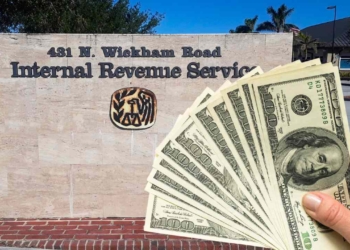The IRS wants to help taxpayers learn about the digital asset reporting and tax requirements they may have. Do not forget to report any digital assets you may have received.
These digital assets could come in the form of an award, reward, or payment for services or property or disposed of any digital asset that was in the form of a capital asset through transfer, exchange, or sale.
IRS reminds taxpayers of what digital assets are
According to the Internal Revenue Service, a digital asset is a digital representation of value that is recorded on a distributed ledger, cryptographically secured, or any related technology.
Therefore, digital assets have to do with non-fungible tokens, stablecoins, cryptocurrency, and virtual currency. The IRS has provided a full list of examples of digital assets:
- Trade or exchange of digital assets for another digital asset
- Exchange of digital assets for property, goods, or services
- Receipt of new digital assets due to a hard fork
- Receipt of new digital assets due to staking and mining activities
- Sale of digital assets
- Receipt of digital assets as payment for services or goods
How to report digital assets transactions to the IRS
Do not forget to report any digital assets transactions to the IRS. The best way to do so will be to use Form 8949. This form is the Sales and other Dispositions of Capital Assets.
The Form 8949 will be useful to calculate a capital gain or loss to report it on Schedule D (Form 1040), Capital Gains and Losses. Sometimes the transaction was a gift.
If so, the IRS claims that you should file Form 709, United States Gift (and Generation-Skipping Transfer) Tax Return. It is always advisable to hire a professional to help you deal with your digital assets if you do not know how to report them. For more information, visit the source: https://www.irs.gov/newsroom/what-taxpayers-need-to-know-about-digital-asset-reporting-and-tax-requirements







